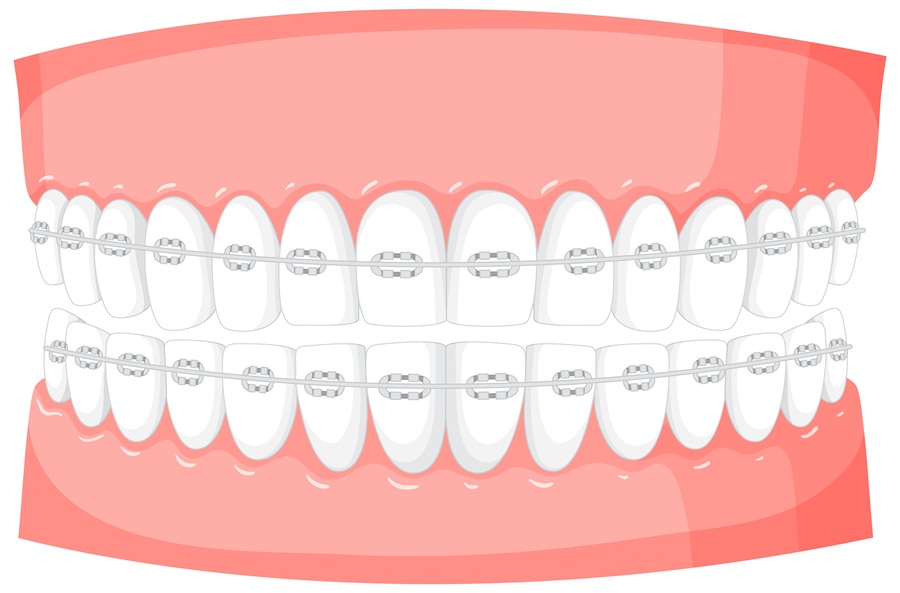Getting braces is a significant step toward achieving a healthier, straighter smile. While the process is highly effective, many people wonder about the discomfort they might experience during treatment. Each stage of wearing braces brings its own sensations, but some stages are more uncomfortable than others. For most people, the initial adjustment period can be the most challenging. This is when your teeth and mouth are adapting to the new appliance. Other phases, such as tightening appointments or adjustments, can also lead to temporary soreness. Understanding what to expect during these stages can help you prepare and manage any discomfort effectively.
The Initial Adjustment Period
The first few days after getting braces are often the most uncomfortable. Your teeth are not used to the constant pressure from the brackets and wires, which can cause soreness. Additionally, your lips, cheeks, and tongue may need time to adjust to the presence of the braces. This stage can feel awkward, as your mouth learns to accommodate the appliance. Eating may be more challenging during this time, and softer foods are usually recommended. Although the discomfort is temporary, it’s one of the most noticeable phases of the braces journey.
Regular Tightening Appointments
As part of the orthodontic process, you will need to attend regular tightening appointments. During these visits, your orthodontist adjusts the wires or replaces them with stronger ones to continue guiding your teeth into the correct positions. These adjustments can cause mild to moderate discomfort for a day or two afterward. The increased pressure on your teeth might make them feel sensitive, especially when chewing. This is a normal part of the process and indicates that your treatment is progressing as planned. Over-the-counter pain relief and orthodontic wax can help ease the discomfort.
Wearing Elastics or Rubber Bands
Elastics, or rubber bands, are often used during certain stages of treatment to correct bite alignment. These bands create additional tension to move your teeth and jaw into proper alignment. While effective, elastics can feel tight and sometimes uncomfortable, especially when you first start wearing them. Consistency is key in this stage; removing the bands too often can prolong treatment and lead to more discomfort in the long run. Over time, most patients adapt to wearing elastics, and the soreness typically subsides.
The Final Adjustment Phase
As you near the end of your orthodontic treatment, your braces may require final adjustments to perfect your smile. This stage involves fine-tuning the alignment of your teeth and ensuring your bite is ideal. Although the discomfort is usually less intense than in earlier stages, you may still experience some sensitivity. The adjustments are precise and minor, but they play a crucial role in achieving a successful outcome. By this point, you’re likely accustomed to the sensations associated with braces, making this phase easier to manage.
Managing Discomfort Throughout Treatment
Discomfort at any stage of braces is temporary and manageable. Your orthodontist may recommend using orthodontic wax to cover sharp areas that irritate your cheeks or lips. Warm saltwater rinses can soothe sore spots inside your mouth. Sticking to soft foods during periods of soreness can also make eating more comfortable. Communicating with your orthodontist about any ongoing pain ensures you receive guidance tailored to your needs. While discomfort is a natural part of the braces process, the long-term benefits far outweigh the temporary challenges.
The level of discomfort you experience with braces varies at different stages of treatment. The initial adjustment period and regular tightening appointments tend to cause the most noticeable soreness. Additional stages, such as wearing elastics or undergoing final adjustments, may also bring temporary discomfort. However, each phase plays a vital role in achieving a straighter, healthier smile. With proper care and patience, you can navigate these challenges and look forward to enjoying the lasting results of your orthodontic journey. The temporary discomfort is a small price to pay for the confidence and health benefits that come with a beautifully aligned smile.








Leave a Reply